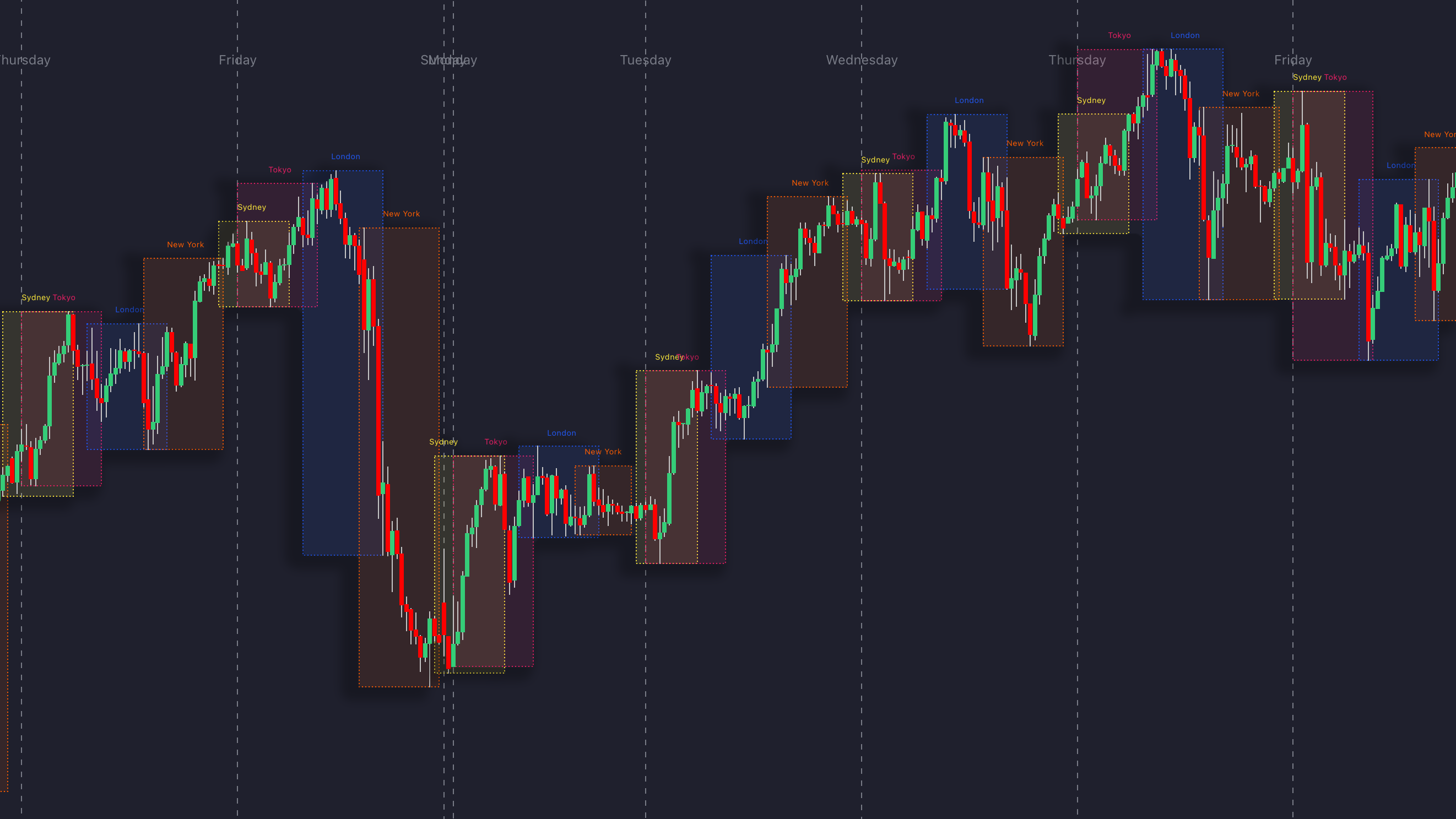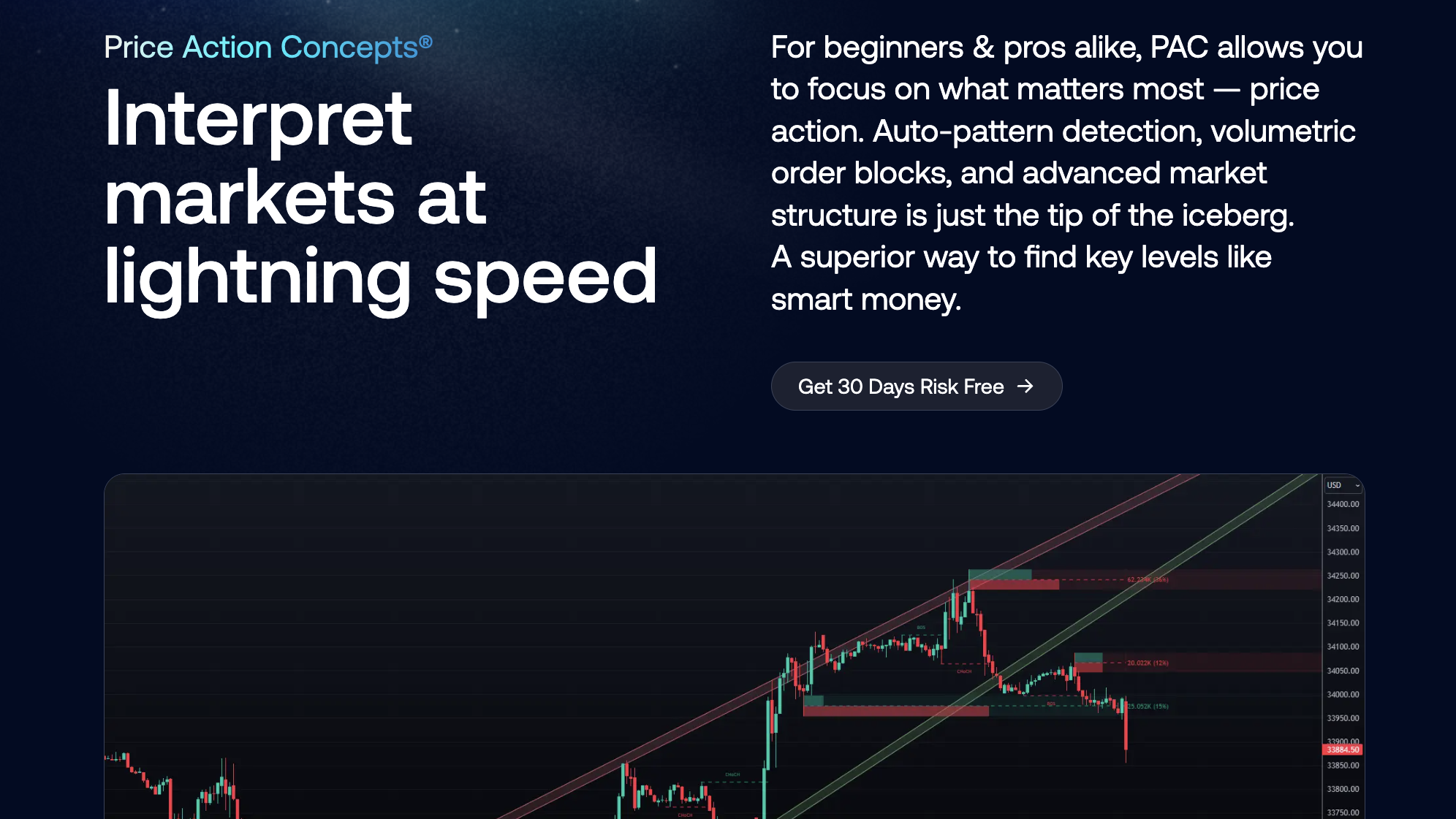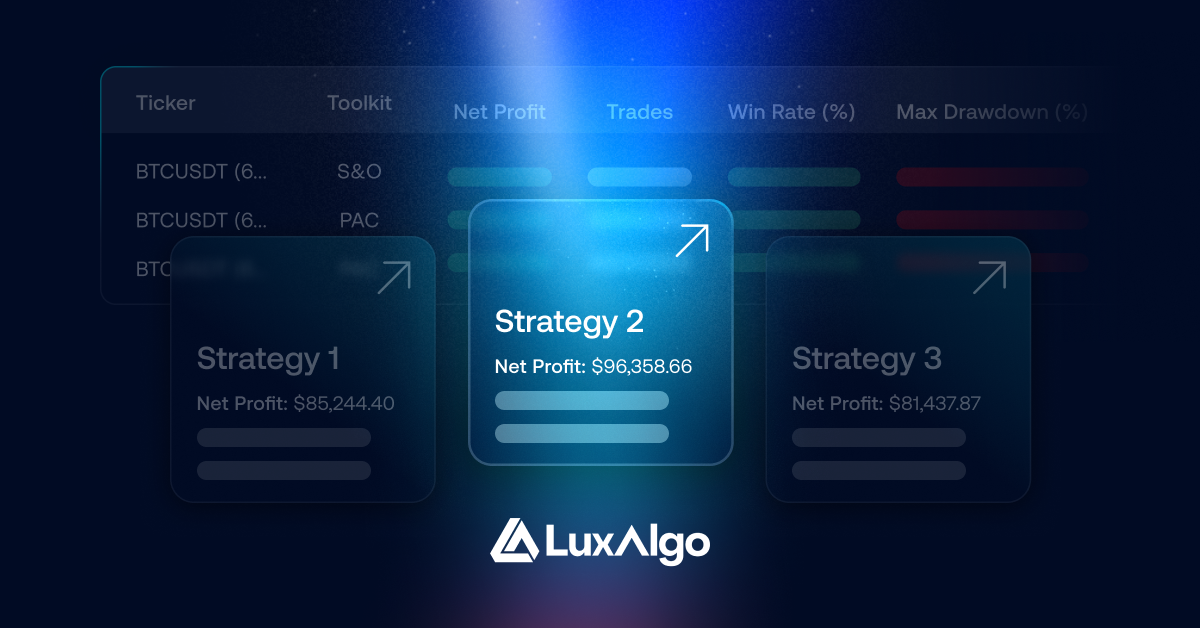Explore a structured intraday trading strategy that leverages market timing, liquidity zones, and Fair Value Gaps for high-probability trades.
The ICT Silver Bullet Setup is an intraday trading approach created by Michael J. Huddleston (Inner Circle Trader). It targets three one‑hour windows of peak market activity to uncover high‑probability trades.
Key Points
- Trading Windows (Eastern Time)
- London Open 3:00 AM – 4:00 AM
- New York AM Session 10:00 AM – 11:00 AM
- New York PM Session 2:00 PM – 3:00 PM
- Core Concepts
- Liquidity Zones Anticipate reversals by watching where clusters of stop‑loss and pending orders accumulate.
- Fair Value Gaps (FVGs) Price imbalances that act as magnets for corrections and ideal entry points.
- Execution
- Gauge bias with a 15‑minute chart, then refine entries on 1‑ to 5‑minute charts.
- Enter after a liquidity sweep and FVG formation inside a trading window.
- Risk Management
- Place stops beyond market‑structure levels such as the far edge of an FVG.
- Seek a minimum 1 : 2 risk‑to‑reward using liquidity pools or opposite FVG edges as targets.
Executed correctly, the setup can capture 20 – 30 pips per session with a 70 – 80 % win rate. LuxAlgo indicators automate FVG detection and accelerate back‑testing.
Why it works Institutional desks routinely create liquidity sweeps and resolve imbalances during these peak windows, giving prepared traders a measurable edge.
Time‑Based Trading Model

Instead of monitoring charts all day, the Silver Bullet narrows focus to three institutional windows:
- London Open 3:00 AM – 4:00 AM ET
- New York AM 10:00 AM – 11:00 AM ET
- New York PM 2:00 PM – 3:00 PM ET
Set your platform clock to New York time, establish directional bias on a 15‑minute chart, then refine entries on a 3‑ or 1‑minute chart. Back‑tests show a 70‑80 % win rate when these conditions are respected.
The free Sessions indicator [LuxAlgo] shades the London, New York AM, and New York PM windows directly on your TradingView chart, issues real‑time alerts when a session starts, and highlights overnight highs and lows that often become liquidity targets. Adding the shading removes guesswork and keeps you from over‑trading outside institutional hours.
Fair Value Gaps (FVG) Explained
An FVG is a three‑candle imbalance where the high of the first candle and the low of the third do not overlap with the body of the middle candle. Because un‑filled orders remain in that gap, institutional flows tend to revisit the area to transact unfinished business.
Key characteristics:
- Contexts News shocks, unexpected data prints, and opening range breakouts frequently leave behind FVGs.
- Directional bias Bullish FVGs act as demand zones during an up‑trend, while bearish FVGs act as supply zones in a down‑trend.
- Mitigation timing The first tap of a fresh FVG during a session window offers the highest probability reaction; later taps weaken the edge.
- Confluence FVGs overlapping liquidity zones or micro‑structure breaks amplify trade potential.
Liquidity Zones Explained
Liquidity zones are price areas packed with resting orders. Institutions target these pools to enter or exit large positions without excessive slippage.
SSL & BSL
- Sell‑Side Liquidity (SSL) Clusters of long stop‑losses below swing lows. Sweeps of SSL often precede bullish reversals.
- Buy‑Side Liquidity (BSL) Clusters of short stop‑losses above swing highs. Sweeps of BSL often precede bearish reversals.
Psychological round numbers (e.g., EUR/USD 1.2000) attract additional liquidity. Once SSL or BSL is taken, price frequently reverses toward the opposite liquidity pool—fuel for a Silver Bullet entry.
Finding Key Liquidity Zones
On a higher‑timeframe chart (15‑minute or 1‑hour), mark prominent swing highs (BSL) and swing lows (SSL). Drop to a lower timeframe as the session window opens and watch for:
- A sweep of SSL in a bullish trend or BSL in a bearish trend.
- An immediate FVG forming in the direction of the prevailing trend.
- A Market Structure Shift (MSS) or Change of Character (CHOCH) confirming direction.
This three‑step pattern tightens risk and improves win rate.
Entry and Exit Rules
Entries Place a limit order on the boundary of the FVG that forms immediately after the liquidity sweep inside the session window. Stops go beyond the opposite side of the FVG or recent swing.
Exits Objectives vary by trader, but most Silver Bullet practitioners exit before the institutional session ends to avoid midday illiquidity. A typical target is a 1 : 2 risk‑to‑reward at the next liquidity pool or support/resistance flip. Support reversals, Fibonacci levels, and double tops remain valid take‑profit techniques.
Uncertain about the ideal take‑profit? LuxAlgo Backtesters allow you to test multiple exit windows—30 minutes, 45 minutes, or full session—so you can choose data‑backed rules that suit your instrument.
Using Price Action Concepts (PAC) with the Silver Bullet

The Price Action Concepts Toolkit bundles multiple tools that directly support the Silver Bullet:
- Auto Liquidity Detection Highlights SSL & BSL zones in real time.
- Order Block Mapping Identifies institutional demand or supply that often overlaps session FVGs.
- Market‑Structure Scanner Flags MSS and CHOCH shifts so you know when a liquidity sweep is complete.
- Instant Alerts Receive push notifications as price taps your marked levels inside the London or New York windows.
AI Backtesting – Better Entries

AI Backtesting generates and ranks millions of strategies across 93 tickers. Filter for rules like “Only long entries during London” or “Exit within 30 minutes of a New York session FVG.” The AI then surfaces the best‑performing parameters—giving you data‑tested entry timings rather than hunches. For an end‑to‑end walkthrough, see the AI Backtesting Assistant breakdown.
FAQs
How do I use Fair Value Gaps in the ICT Silver Bullet Setup to improve trade entries?
Spot FVGs that align with liquidity sweeps during London or New York sessions. Enter when price retraces to the gap, placing a tight stop beyond the opposite side.
What tools or indicators can help identify liquidity zones and Fair Value Gaps in the ICT Silver Bullet strategy?
The Price Action Concepts Toolkit auto‑detects liquidity and FVGs on 1‑ to 15‑minute charts. Combine it with the Sessions indicator shading for precise timing.
What is the ICT Silver Bullet Setup, and how does it benefit individual traders by aligning with institutional trading patterns?
The strategy follows institutional activity peaks, using liquidity sweeps and FVGs to anticipate short‑term moves. It reduces screen time and promotes consistent, repeatable trades.
References
- Liquidity Zones – LuxAlgo Docs
- Inversion FVG – LuxAlgo Library
- Price Imbalances – LuxAlgo Docs
- Liquidity Sweeps – LuxAlgo Library
- Market Structures – LuxAlgo Docs
- LuxAlgo Homepage
- HTF FVG – LuxAlgo Library
- Reversal Spotting – LuxAlgo Blog
- Fibonacci Trailing Stop – LuxAlgo Library
- Double Tops & Bottoms – LuxAlgo Blog
- AI Backtesting Assistant – LuxAlgo
- Pure Price Action Structures – LuxAlgo Library
- AI Backtesting Breakdown – LuxAlgo Blog
- Price Action Concepts Toolkit – Docs
- Backtester (PAC) Intro – LuxAlgo Docs
- Sessions Indicator – TradingView
- Inner Circle Trader
- TrendSpider Learning Center
- Silver Bullet Guide – YouTube




